Once Upon a Time, Before Science Took the Magic Away
⚠️ Reader warning: this may sound like parody. It isn’t. Every fact you’re about to read comes straight from the official record. Which somehow makes it even funnier.
Once upon a time, peasants in mud huts carved miracles into stone. Or so the story goes.
Star forts shaped like mandalas you could only see from the sky. Cathedrals that made people weep just by looking up. Domes that seemed to hum with geometry. Paintings so detailed you’d swear the artist had an iPhone zoom. Cities cut straight into rock.
And apparently, all of this was achieved with horse and cart.
We’re told, “oh yes, it took them a few centuries. Don’t ask too many questions.”
Then came the World’s Fairs.
And what were the World’s Fairs for, exactly?
We’re told they were just exhibitions. Big show-and-tells to celebrate “human progress.”
You know, so nations could put up pavilions, show off sewing machines, canned peaches and the latest typewriter models. And of course, you’d definitely need to build a palace the size of St Paul’s Cathedral, with domes, fountains, canals, statues and electric lighting, just to display… a sewing machine.
Chicago 1893? Officially, a “temporary White City” to showcase progress.
St Louis 1904? A giant pop-up fantasy land where foods like the ice-cream cone and hot dog were “introduced” to the American public as well as the controversial “baby incubator” sideshow…
Paris, London, Philadelphia? The same pattern. Ornate cities thrown up in a year, filled with pavilions, inventions, curiosities, then dismantled or burned once the party was over.
That’s the story. That’s what we’re told.
Because obviously it makes perfect sense to pour all this labour into marble palaces, Greco-Roman colonnades, entire canal systems and Venetian lagoons, just to promote sewing machines, tinned goods and snack food.
And then tear it all down.
The “official” facts
Chicago 1893 — The White City
• About 690 acres
• Roughly 200 classical buildings, a giant Ferris wheel and a great domed palace on a St Paul’s scale
• Around 100,000 electric lamps when much of America still used gaslight
• Canals and lagoons with gondolas and electric boats
• 27 million visitors when the US population was about 63 million
• After six months, most of it was dismantled or destroyed by fire
St Louis 1904 — Louisiana Purchase Exposition
• About 1,200 acres with palaces, railways, lagoons and gardens
• Venetian-style waterways and artificial lakes built for a “temporary” landscape
• Foods like the ice-cream cone and hot dog introduced to mass America
• Dismantled within two years
Paris Expositions, 1855–1900
• Eiffel Tower, Grand Palais, Petit Palais, even moving walkways unveiled at fairs
• Dozens of ornate palaces and waterworks that were later removed
So yes, the official story really is: entire classical cities with domes, canals, lagoons, fountains and statues, built in one to two years to promote sewing machines and snack food, then knocked down.
And then the fires…
It wasn’t only dismantling. There were fires as well.
The Great Chicago Fire of 1871 destroyed more than 17,000 buildings and left 100,000 people homeless. A catastrophe, and in the decades that followed the city was rebuilt at speed in a very different style.
The 1906 San Francisco earthquake and fire levelled huge swathes of the city, including ornate districts.
Boston, London, Toronto, Paris, all saw “great fires” that erased thousands of older buildings in a single sweep.
The official story is accidents, disasters, catastrophes. And yes, they were catastrophic.
Still, it is curious how often fire has the last word.
…and while we’re on architecture
There’s another little detail that slips under the radar. Why are so many old buildings half buried? Whole rows of windows at pavement level. Doors that open straight into the street. Storeys sunk below the ground.
The official line is raised streets for sewage or buildings “settling.” Maybe so. But once you notice it, you can’t unsee it.
Star forts
Across Europe, Asia and the Americas you’ll find vast star-shaped forts, carved into the land with crisp geometry.
The official story is straightforward: they were military defences. First developed in fifteenth-century Italy, the “bastion fort” was designed to resist cannon fire and eliminate blind spots. Engineers then copied and exported the design across Europe and beyond for centuries.
But here’s the curious part: they look the same everywhere.
A star fort in Italy mirrors one in India, which mirrors one in North America. Different cultures, different enemies, different climates — and yet the same mandala geometry, repeated again and again.
And even if you accept the textbook version, it still leaves a question hanging: how exactly were these vast designs laid out with such precision, long before drones, planes, or even hot air balloons? Some are so large and intricate you can only see the pattern properly from the sky.
So were peasant labourers with ropes and carts really pulling off sacred geometry on a continental scale… just to improve the angle of cannon fire?
Where did the bells go?
Medieval Europe rang with enormous bells, some weighing 20 tons, tuned to carry across cities. They were not only clocks. They synchronised communities, they set a rhythm, they were the town’s heartbeat.
Today, many towers are silent.
The official story is wartime requisition. During the Second World War, large numbers of bells were confiscated across Europe and melted for armaments, with “bell cemeteries” used as collection points.
Because of course, when you need to build tanks and bombs in a hurry, the obvious solution is to climb cathedral towers, lower a bell the size of a small car, cart it off, melt it down and recast it into a cannon. Tens of thousands of them.
Fast-forward to today
Now our “modern marvels” are boxy offices, glass cubes, soulless skyscrapers.
Energy? Just a bill. Switch off the lights. Nothing to see. The word that once meant life force, resonance, the fabric of creation is reduced to a line on a statement.
Anything you cannot measure is dismissed as woo.
And the irony is that the evidence of another story — the resonance, the geometry, the living rhythm — is all around us if only we weren’t too busy staring at our screens to see…
And here’s the link…
This isn’t just about architecture. It’s the same pattern we see in health.
Around the very same time as the World’s Fairs were dazzling people with their “temporary palaces,” another quiet demolition was underway — this time in medicine.
In 1910 came the Flexner Report. On paper, it was just a review of medical schools in America. In practice, it was a wrecking ball.
Before Flexner, most doctors were homeopaths. Medical schools across the States taught it as standard. Homeopathic hospitals stood in major cities. Remedies were in every pharmacy. It wasn’t fringe — it was mainstream.
Flexner changed that.
Schools that taught homeopathy (and any other form of natural medicine) were shut down, defunded, ridiculed out of existence. What remained was a streamlined, pharmaceutical model — mechanical, reductionist and conveniently profitable.
Homeopathy stands in the same lineage as those cathedrals, forts and bells. Not boxy, not reductionist, not about silencing and suppressing but about restoring rhythm, pattern and coherence.
Because maybe progress isn’t about adding more.
Maybe it’s about what we’ve forgotten to keep.
PS: If this stirred something in you, come and experience it live.
✨ Illuminate & Elevate — 13–14 September, East Grinstead.
Two days of hidden history, healing, resonance and truth, with international speakers and transformative workshops.
👉 Get your ticket here https://www.tickettailor.com/events/illuminateelevate/1550563— limited places left.



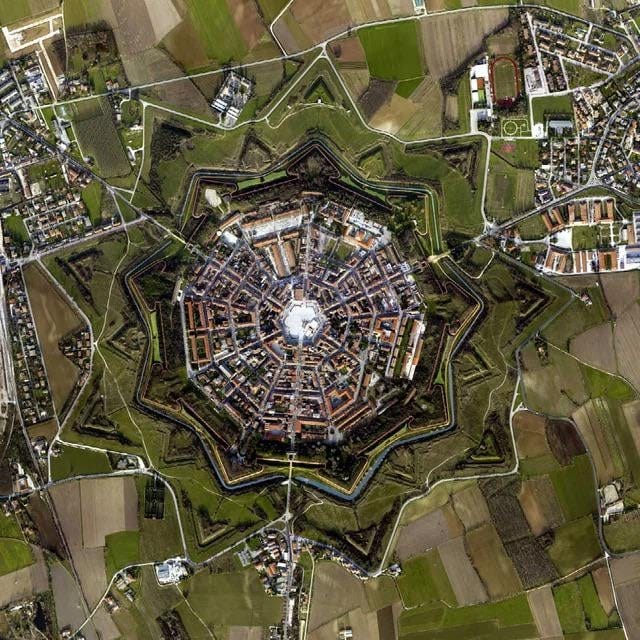
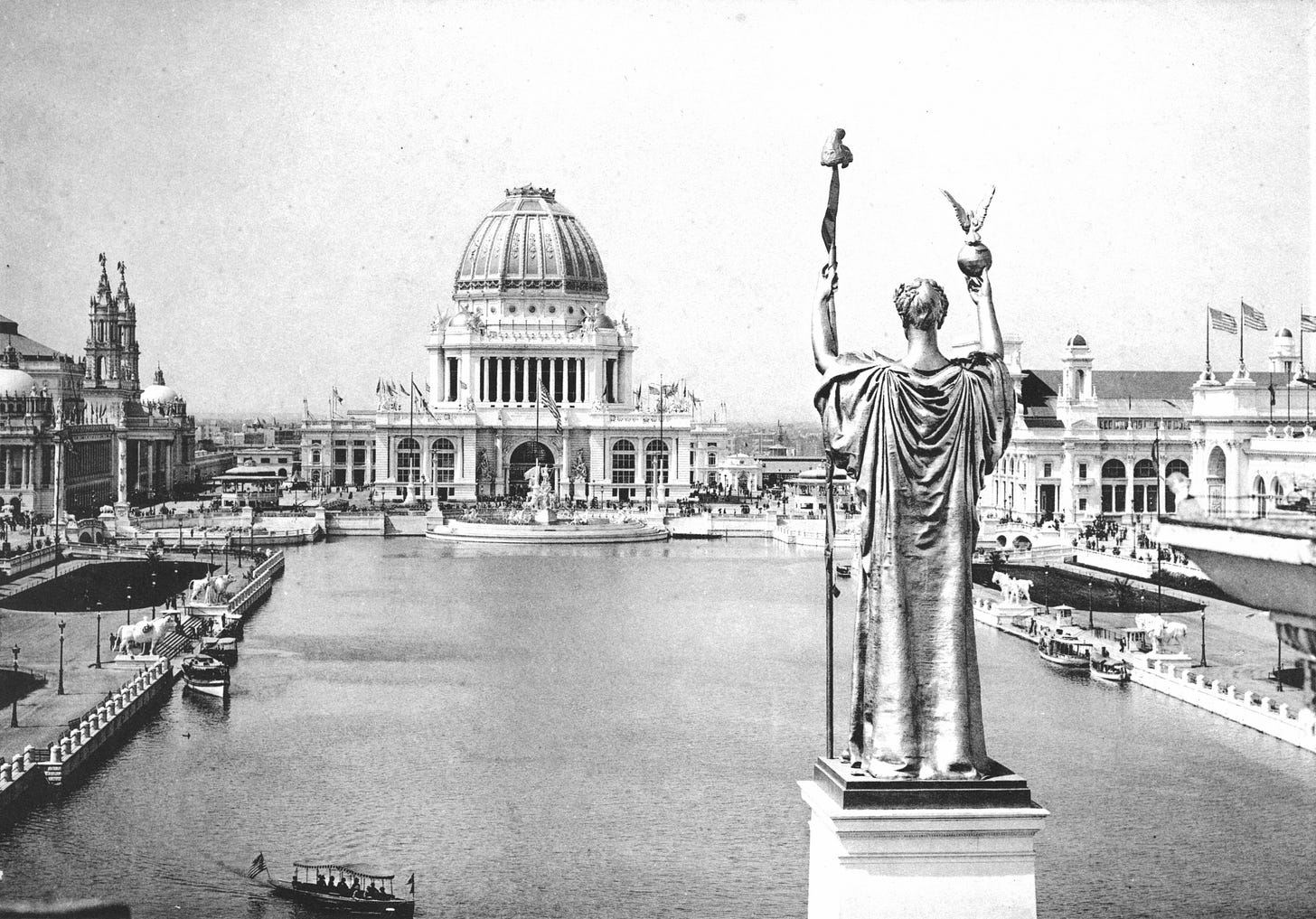
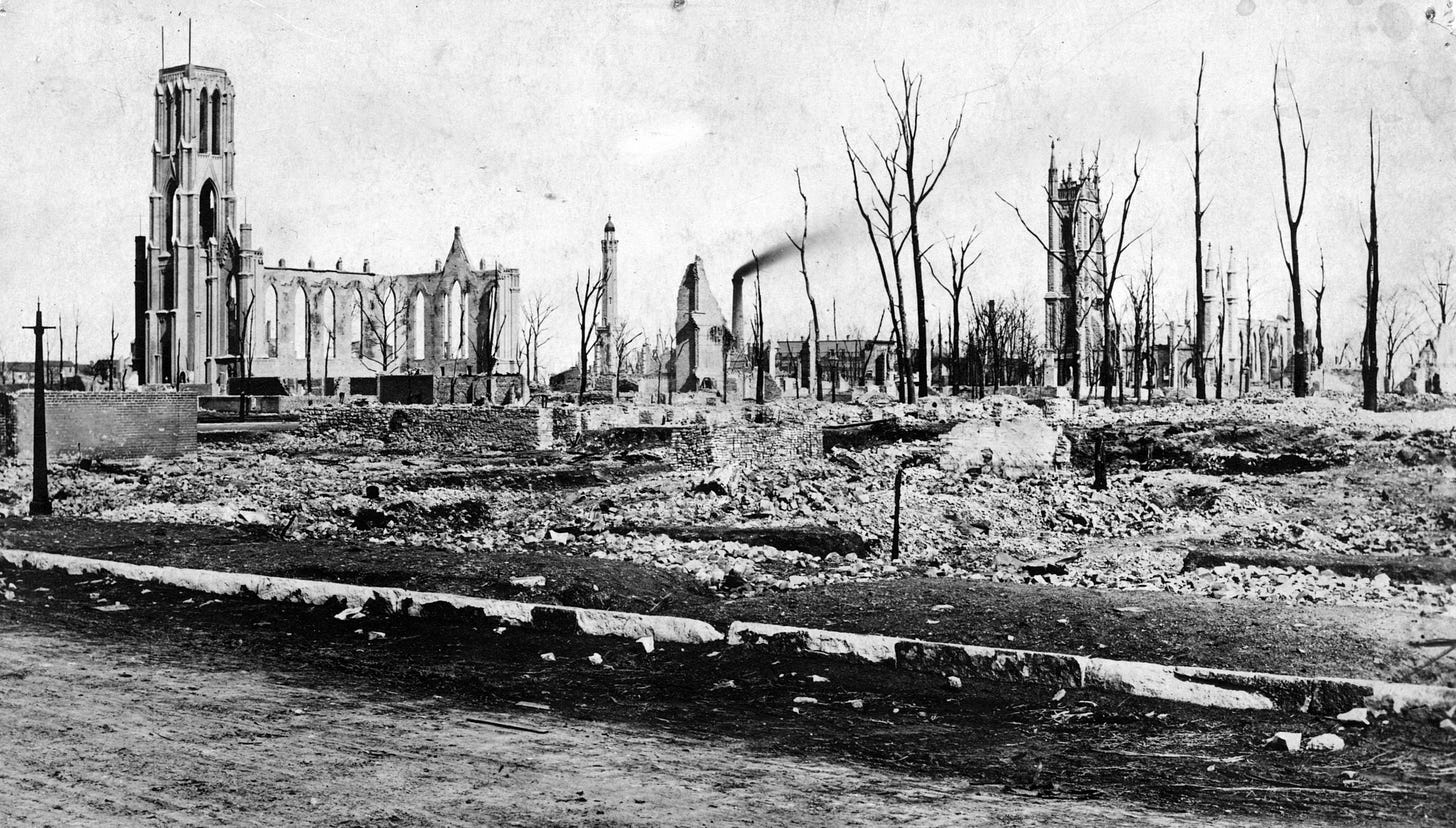
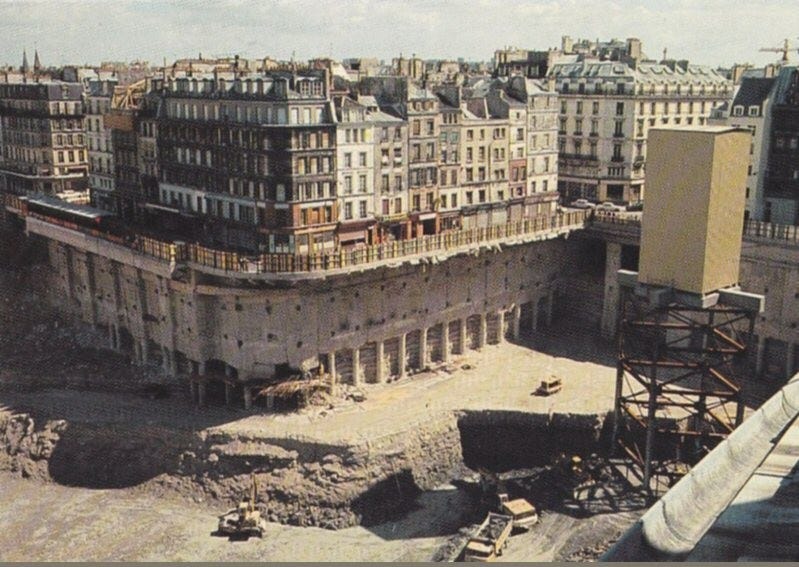
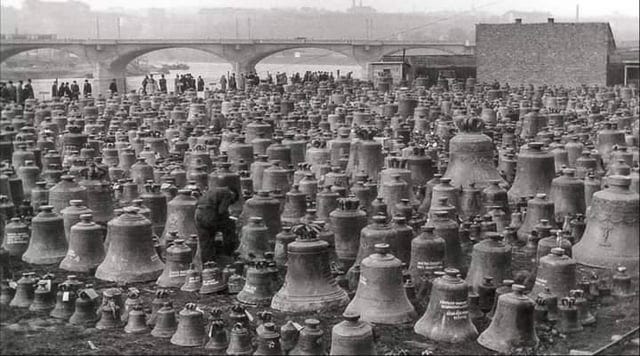
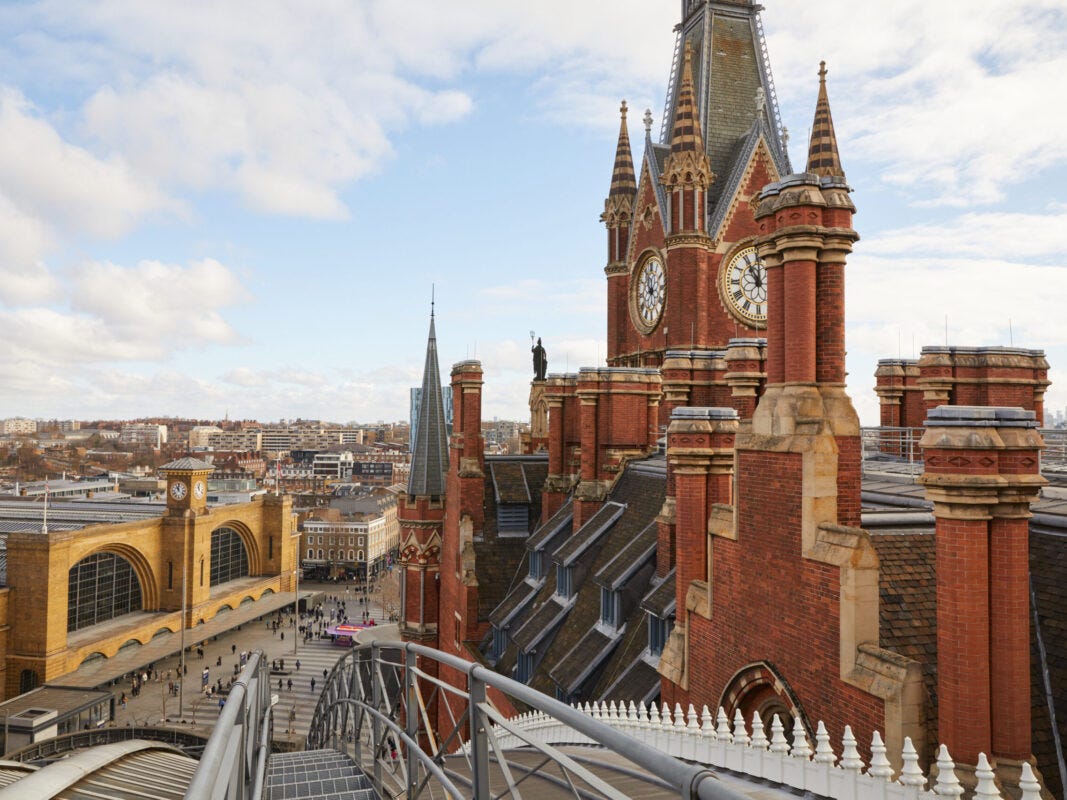


Great synopsis on all this info. So fascinating to start to piece it together.
Fascinating article which makes perfect sense. This side of the pond I am thinking of The Crystal Palace a glorious glass building which succumbed to the same fate. Will the information discussed on 14/15th September event in East Grinstead be available in a similar event online! Thank you